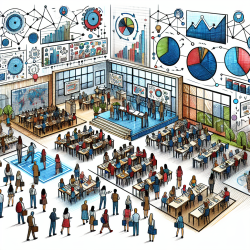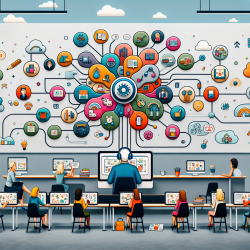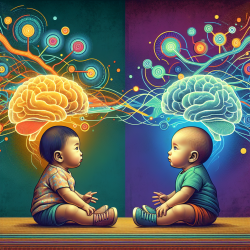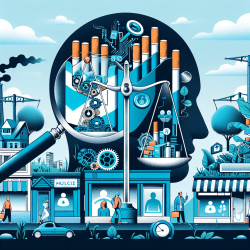Introduction
The field of special education is dynamic and ever-evolving, requiring practitioners to continuously update their knowledge and skills. One area that has gained significant attention is the understanding of social relationships and their impact on professional practice. The Differential Investment of Resources (DIRe) Model, as presented in the research article "Rethinking Social Relationships in Adulthood: The Differential Investment of Resources Model," offers valuable insights into how social ties can be formed and maintained effectively. This blog will explore how special education practitioners can implement the DIRe Model to enhance their professional skills and encourage further research in this area.
Understanding the DIRe Model
The DIRe Model provides a comprehensive framework for understanding the formation and maintenance of social networks. It emphasizes the investment of time and energy into social ties, which vary in terms of emotional closeness and kinship. The model identifies individual characteristics such as capacities, motivations, and skills as determinants of the investment process. Additionally, the context, including living situations, affects the social opportunity structure and the resources available for investment.
Application in Special Education
Special education practitioners can leverage the DIRe Model to improve their professional skills in several ways:
- Networking and Collaboration: By understanding the importance of investing time and energy into building social ties, practitioners can enhance their networking and collaboration efforts. This can lead to stronger professional relationships and a more supportive work environment.
- Resource Allocation: The DIRe Model highlights the need to allocate resources effectively to maintain social ties. Practitioners can apply this principle by prioritizing their time and energy on relationships that provide the most professional support and growth opportunities.
- Professional Development: Understanding the dynamics of social relationships can guide practitioners in selecting professional development opportunities that align with their motivations and capacities, ultimately enhancing their skills and effectiveness in special education.
Encouraging Further Research
While the DIRe Model offers a robust framework for understanding social relationships, there is still much to explore. Special education practitioners are encouraged to engage in further research to test the model's applicability in different educational settings. By doing so, they can contribute to the development of tailored strategies that address the unique challenges faced in special education.
Conclusion
The Differential Investment of Resources Model provides valuable insights into the formation and maintenance of social relationships. By implementing the model, special education practitioners can enhance their professional skills, improve networking and collaboration, and allocate resources more effectively. Furthermore, engaging in further research will help refine the model's application in special education, ultimately benefiting both practitioners and students.
To read the original research paper, please follow this link: Rethinking Social Relationships in Adulthood: The Differential Investment of Resources Model.










